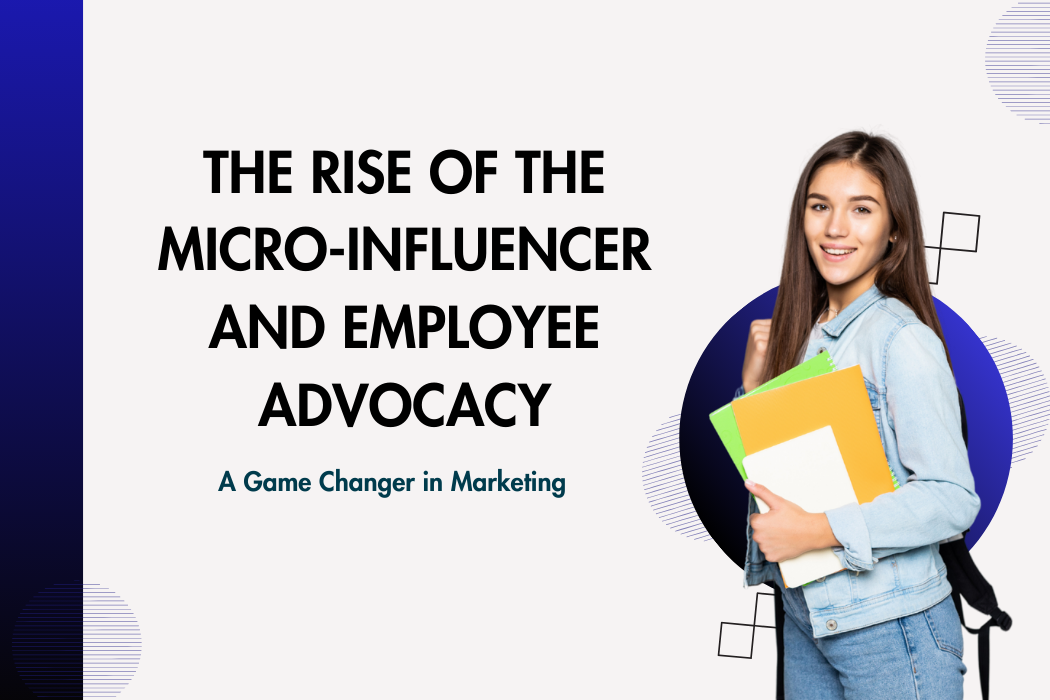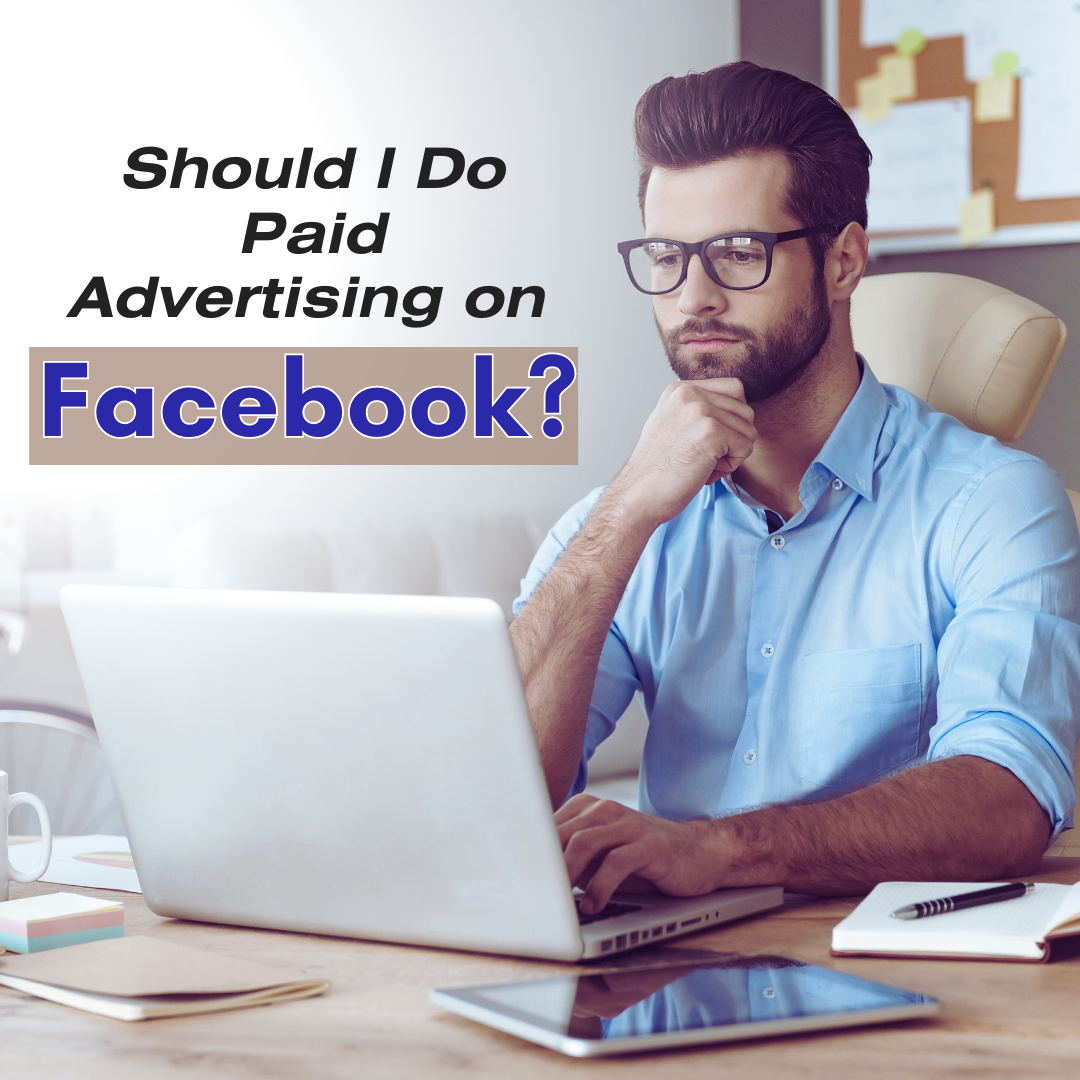The Rise of the Micro-Influencer and Employee Advocacy: A Game Changer in Marketing
In today's digital age, the landscape of marketing is constantly evolving, with new trends emerging regularly. One such trend that has gained significant traction is the rise of micro-influencers and employee advocacy. This article explores the profound impact of these two phenomena on modern marketing strategies.
1. Understanding Micro-Influencers
Micro-influencers are individuals with a smaller but highly engaged following on social media platforms. Unlike macro-influencers who have millions of followers, micro-influencers typically have between 1,000 to 100,000 followers. Despite their smaller reach, micro-influencers offer a more targeted audience and higher engagement rates, making them invaluable assets for brands.
2. The Power of Employee Advocacy
Employee advocacy harnesses the influence of internal team members to promote a company's products or services. Employees are often seen as trustworthy sources of information, and leveraging their networks can significantly boost brand credibility. By empowering employees to become brand ambassadors, companies can tap into a vast pool of authentic advocates.
3. Building Trust Through Authenticity
In today's saturated market, consumers crave authenticity more than ever. Both micro-influencers and employee advocates offer authenticity in their recommendations, which resonates deeply with audiences. Authentic content feels genuine and relatable, fostering stronger connections between brands and consumers.
4. Leveraging Social Media Platforms
Social media platforms play a pivotal role in the success of influencer marketing and employee advocacy campaigns. From Instagram and Facebook to LinkedIn and Twitter, each platform offers unique opportunities to connect with target audiences. By strategically choosing the right platforms, brands can maximize their reach and engagement.
5. Targeted Marketing with Nano-Influencers
Nano-influencers, with followers ranging from 500 to 5,000, represent an emerging trend in influencer marketing. While their reach may be small, nano-influencers often boast high levels of engagement and authenticity within their niche communities. Brands can leverage nano-influencers for hyper-targeted campaigns that resonate deeply with specific audience segments.
6. Amplifying Reach with Influencer Networks
Influencer networks provide brands with access to a diverse range of influencers across various industries and niches. These networks streamline the influencer identification and collaboration process, saving time and resources for brands. By tapping into established influencer networks, brands can amplify their reach and connect with the right influencers for their campaigns.
7. Crafting Effective Influencer Campaigns
Successful influencer campaigns require careful planning and execution. From setting clear objectives to defining key performance indicators (KPIs), every aspect of the campaign should be meticulously planned. Collaborating closely with influencers, brands can co-create authentic content that resonates with their target audience, driving meaningful engagement and conversions.
8. Measuring Success: Metrics That Matter
Measuring the success of influencer marketing campaigns involves tracking various metrics, including engagement rate, reach, and conversion rate. These metrics provide valuable insights into the effectiveness of the campaign and help brands optimize their strategies for better results. By focusing on meaningful metrics, brands can gauge the impact of their influencer marketing efforts accurately.
9. Overcoming Challenges in Influencer Marketing
Despite its many benefits, influencer marketing comes with its fair share of challenges. From identifying the right influencers to managing relationships and measuring ROI, brands face several hurdles along the way. However, by staying agile and adapting to the evolving landscape, brands can overcome these challenges and unlock the full potential of influencer marketing.
10. Integrating Influencer Marketing in Business Strategy
Integrating influencer marketing into the broader business strategy is essential for long-term success. By aligning influencer initiatives with overarching marketing goals and brand values, companies can create cohesive campaigns that drive results. Whether it's increasing brand awareness, driving website traffic, or boosting sales, influencer marketing can play a pivotal role in achieving business objectives.
In conclusion, the rise of micro-influencers and employee advocacy represents a paradigm shift in the marketing landscape. By harnessing the power of authentic voices and targeted messaging, brands can forge deeper connections with consumers and drive meaningful business outcomes.
FAQs (Frequently Asked Questions)
1. What exactly is influencer marketing?
Influencer marketing is a form of marketing that focuses on leveraging individuals with influence over potential buyers to promote products, services, or brands.
2. How do micro-influencers differ from macro-influencers?
Micro-influencers have smaller but highly engaged followings, typically between 1,000 to 100,000 followers, whereas macro-influencers have larger audiences, often in the millions.
3. How can brands measure the success of influencer marketing campaigns?
Brands can measure the success of influencer marketing campaigns by tracking metrics such as engagement rate, reach, conversion rate, and return on investment (ROI).
4. What are some common challenges brands face in influencer marketing?
Common challenges in influencer marketing include identifying the right influencers, managing relationships, measuring ROI, and ensuring authenticity in sponsored content.
5. Why is employee advocacy becoming increasingly important for brands?
Employee advocacy is becoming increasingly important for brands because employees are seen as trusted sources of information, and their advocacy can significantly boost brand credibility and authenticity.
6. How can brands find the right influencers for their campaigns?
Brands can find the right influencers for their campaigns by conducting thorough research, considering factors such as audience demographics, engagement rates, and alignment with brand values. Collaborating with influencer marketing platforms or agencies can also streamline the process of identifying suitable influencers.
7. What role do social media platforms play in influencer marketing?
Social media platforms serve as the primary channels for influencer marketing campaigns, providing a space for influencers to connect with their audiences and share sponsored content. Each platform offers unique features and demographics, allowing brands to tailor their strategies to reach specific target audiences effectively.
8. How can brands ensure authenticity in influencer marketing campaigns?
To ensure authenticity in influencer marketing campaigns, brands should prioritize genuine partnerships with influencers whose values align with theirs. Authenticity can be fostered through transparent communication, allowing influencers creative freedom, and encouraging honest feedback from audiences.
9. What are some emerging trends in influencer marketing?
Emerging trends in influencer marketing include the rise of nano-influencers, the use of user-generated content (UGC), and the integration of augmented reality (AR) and virtual reality (VR) technologies. Brands are also exploring long-term partnerships with influencers and focusing on micro-communities within niche markets.
10. How can small businesses leverage influencer marketing on a limited budget?
Small businesses can leverage influencer marketing on a limited budget by focusing on micro-influencers who offer cost-effective partnerships and higher engagement rates. Additionally, collaborating with employees as brand advocates and utilizing user-generated content can help maximize resources and reach target audiences effectively.
These FAQs provide valuable insights into various aspects of influencer marketing, empowering brands to navigate this dynamic landscape successfully. If you have any further questions or need additional information, feel free to ask!




